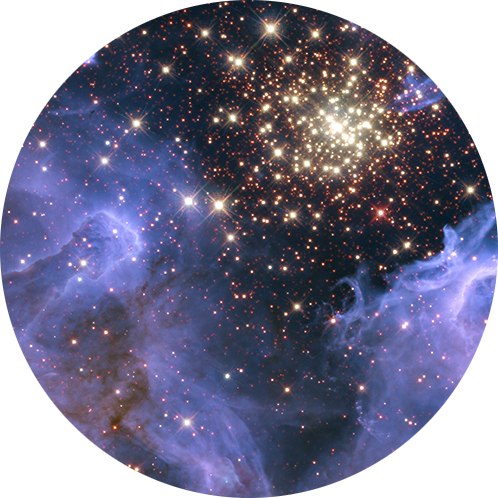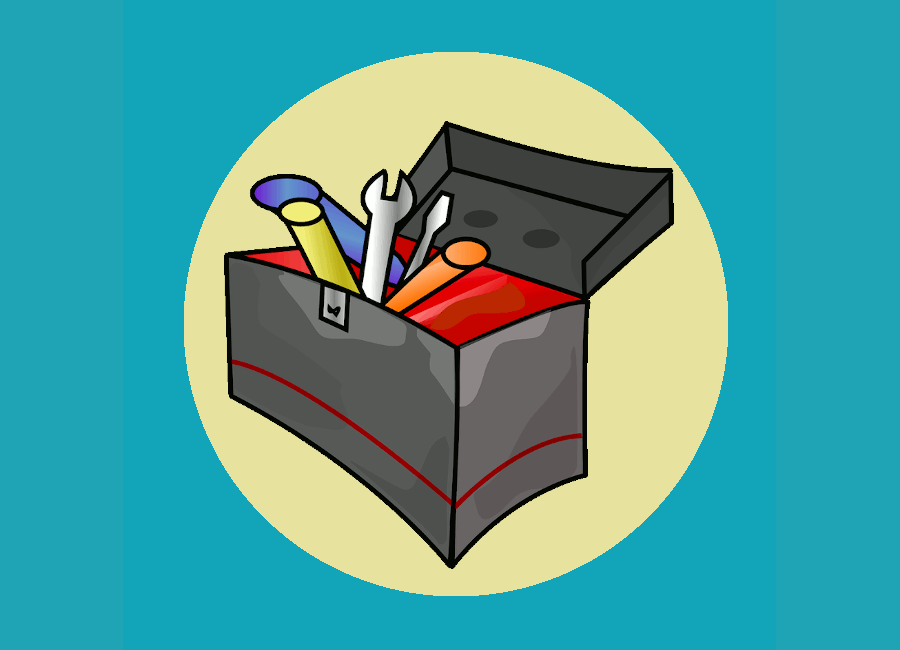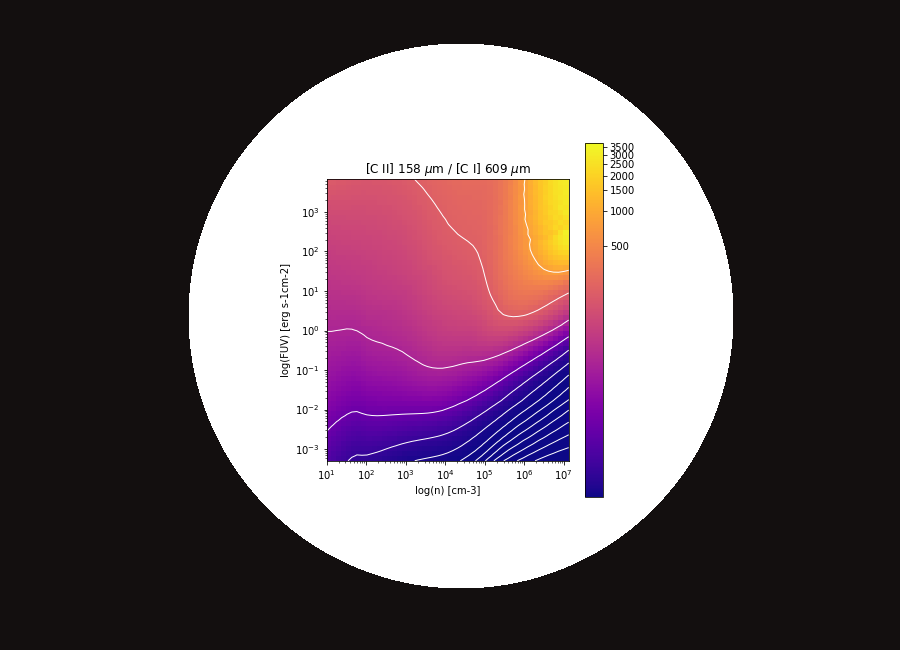
Ultraviolet photons from O and B stars strongly influence the structure and emission spectra of the interstellar medium. The UV photons energetic enough to ionize hydrogen \(h\nu > {\rm 13.6 eV}\) will create the H II region around the star, but lower energy UV photons escape. These far-UV photons (\(6~{\rm eV} < h\nu < {\rm 13.6~eV}\)) are still energetic enough to photodissociate molecules and to ionize low ionization-potential atoms such as carbon, silicon, and sulfur. They thus create a photodissociation region (PDR) just outside the H II region. In aggregate, these PDRs dominates the heating and cooling of the neutral interstellar medium. The gas is heated by photo-electrons from grains and cools mostly through far-infrared fine structure lines like [O I] and [C II].
The PDR Toolbox is an open-source, science-enabling tool for the community, designed to help astronomers determine the physical parameters of photodissociation regions from observations. Typical observations of both Galactic and extragalactic PDRs come from ground- and space-based millimeter, submillimeter, and far-infrared telescopes such as ALMA, SOFIA, JWST, Spitzer, and Herschel. Given a set of observations of spectral line or continuum intensities, PDR Toolbox can compute best-fit FUV incident intensity and cloud density based on our models of PDR emission. One can also fit H2 rovibrational emission excitation diagrams to determine temperature, column density, and ortho-to-para ratio.
The current version is 2.4.4 (released Feb 07, 2025)
Release Highlights
[O I] 1.316 μm Diagnostic Diagram
We provide guidance to help to take into account viewing inclination angle when interpreting measured [O I] 1.316 μm emission line (e.g., with JWST).
LMC metallicity surface temperature
We have computed models for surface temperature at the metallicity of the Large Magellenic Cloud (z=0.5).
Bug fixes
We have made several bug fixes and addressed requests for enhancment. Thanks to users who reported issues!
Support dropped for Python 3.9
Since we rely on packages like astropy that require recent versions of Python to use their latest features, we now only support Python 3.10+...and more
The full list of changes can be viewed on our github.
Reference Paper on PDRT
The PhotoDissociation Region Toolbox: Software and Models for Astrophysical Analysis,Marc W. Pound & Mark G. Wolfire 2023, AJ, 165:25
Read it here.
Please remember to cite use of the PDR Toolbox!
And please join our discussion forum.
Reliable Astrophysics at Everyday Low, Low Prices! ®


